Your daily dose of Product Management Goodness
Want to know more?
We would love to hear your questions and suggestions for topics you would like to see covered in our future blog posts, so don't be shy and get in touch!


Part 1 - Product Culture
Getting product culture in your organisation
Through the many years of working with different companies, it is amazing how many people say the product sells itself. Yet the truth in many cases is:
- The solution has cost far more than it had to, because they didn’t truly understand their market needs, so compensated by building everything a customer wants.
- Had no control on costs and this means no control on profit.
- The price normally was too low, as no understanding of the competition or value.
- The product was not used to its full potential, so customers didn’t understand the true benefit.
- The business doesn’t understand the value of the solution, so direction of where the business is going is organic, with no true vision.
If you see truth in the above then maybe your organisation isn’t quite hitting the mark in getting product culture right and therefore product management, and the organisation could benefit massively by making some small changes to this.
This is where Product Managers are able to add value to a company, driving the commercial success of a product and leading the cross functional teams to deliver a solution that meets the needs of customers and drives the greatest growth for the business.
read more

Personas Part 2
Importance of persona’s Part 2
Benefits of Persona Development
Don’t think Personas are worth the trouble, think again
Benefits:
· Personas give stakeholders an opportunity to discuss critical features of a redesign: Using Personas to walk stakeholders through common interactions unveils frustrations and pain-points that will help clarify actual user priorities over the stakeholder’s personal wish list.
· They help team members share a consistent understanding of the user group: They take data and make the stories more compelling and fun, thus making them easier to remember and consider when the team is working towards a solution – together.
· Personas help designers develop informed wireframes and site architecture: Since Personas focus on the needs of the users, the team can walk through scenarios and determine optimal placement of content to specifically support the goal of the product. This is vital to the success of a website or application and could save a lot of time, effort and money!
· Personas provide a “face” to the user story, creating more empathy and understanding about the person using the product: This prevents designers and developers from applying their own mental models to the product design which may not align with actual user needs
read more
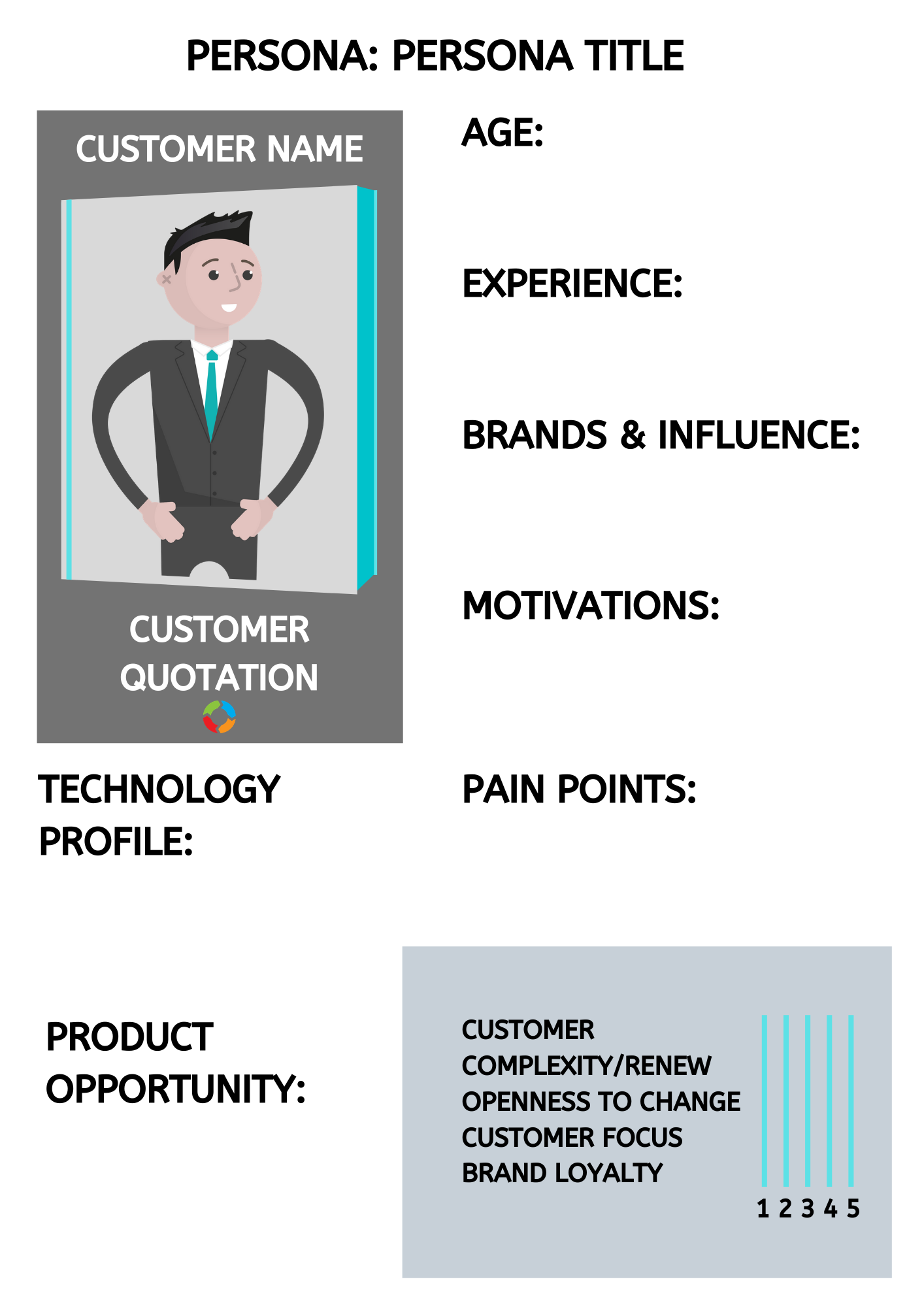
Personas Part 1
The importance of Personas Part 1
A “Persona” is a fictional representation of an actual user and is applied in the early stages of product development or product redesign. Personas are vital to the success of a product because they drive design decisions by taking common user needs and bringing them to the forefront of planning before design has actually started. Personas provide the team with a shared understanding of users in terms of goals and capabilities.
We use a persona map to efficiently store all of the information of our personas. The canvas is split into sections – Give your persona a name and fill out their background information i.e. age, occupation. Try to include as much background information as possible! Then we have to get into the minds of the persona and generate as much detail as we can about; how they think and feel, the environments they are exposed to, what they hear and what they see.
Because Personas are fictional representations of actual users, they’ll only work if you fully understand who your users are – or will be. The more information you have, the better. Generally, 4-7 Personas (whittled down from several user groups) are sufficient to capture and document a majority of user requirements.
read more

Product Communications
Leaders of Product Management often ask how to get their team to be better product communicators - to be able to get their message across well. My response is to ask one simple question “When did you last ask the team about value propositions?”. Here are some simple tips to drive better product communications:
1. Be value proposition obsessed
Test the team regularly by getting them to present the following:
• Elevator pitch
• Five minute overview
• Product vision
• Value proposition
• Objection handling
2. Measure communications effectiveness
• E.g. does the sales team know the message
3. Coach on multi-channel delivery
• Face to face
• Audio
• Video
• Written
read more
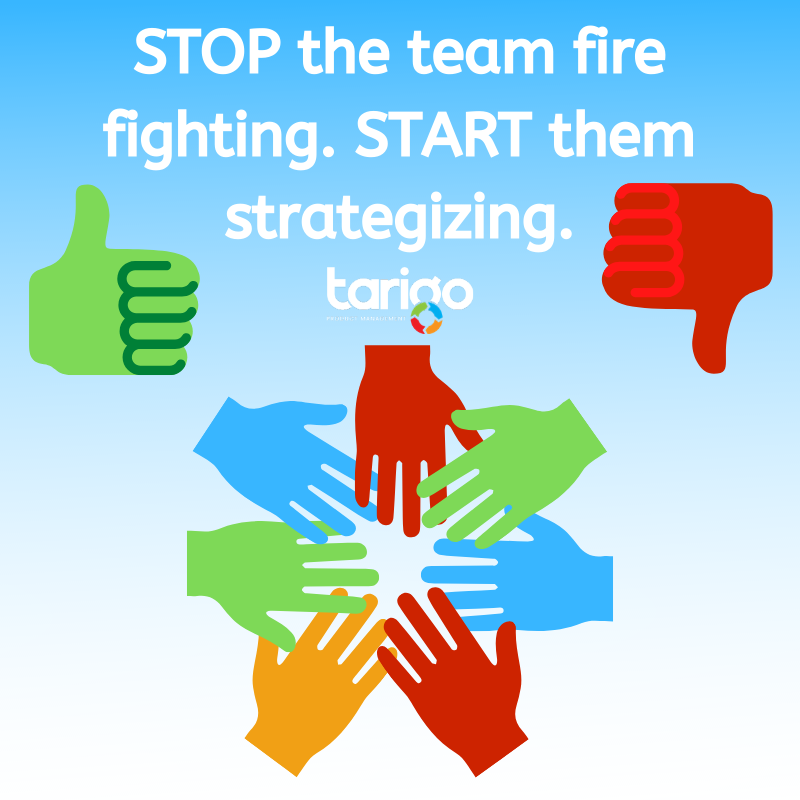
Strategizing
Leaders of Product Management are often concerned that their team are all tactics and no strategy. The question asked is “How do I make product managers more strategy focused”. The answer often lies with the manager – teams focus on what they’re measured, rewarded and questioned on.
So if you want your team to think more strategically here are some simple tips:
1. Set an objective for building a vision – if they have it as an objective, it’s more likely to happen.
2. Talk strategy – if you only ever talk to your team about short term, urgent issues, they’ll only focus on the short term.
3. Coach on urgent vs important – help them understand how to manage workload and recognise that we must take care of our products today (urgent) be we cannot forget about the future and must have an eye on where to go next (important).
4. Test strategy – a quarterly review keeps the team focused.
read more

Systems/Requirements Engineering
In Systems engineering and Requirements engineering, a non-functional requirement is a requirement that specifies criteria that can be used to judge the operation of a system, rather than specific behaviours.
For example: Scalability, Accessibility, Capacity. However, it should be about more than this in a SaaS world!
From an Architecture perspective, you need to get this right or you will have heavy costs fixing issues in the future. More importantly you should be setting out what your expectations of the overall customer experience looks like.
When thinking of your NFR’s, think about the experience you want your customers to have and draw out all these journeys, so that every area of the business is aware of their responsibility.
Just some questions to ask are:
- Are we going to offer free trials? If so, how are we going to support them? What do we need from development, sales, pre-sales, marketing?
- What is the work flow for customers to purchase? Do we have Account Managers selling? Are we expecting customers to purchase from a portal?
- Are we going to do all training online? Do we have partners who need to train the software? Who across the business needs to be involved?
- How are we going to support our customers, once they are trained and on-board?
read more
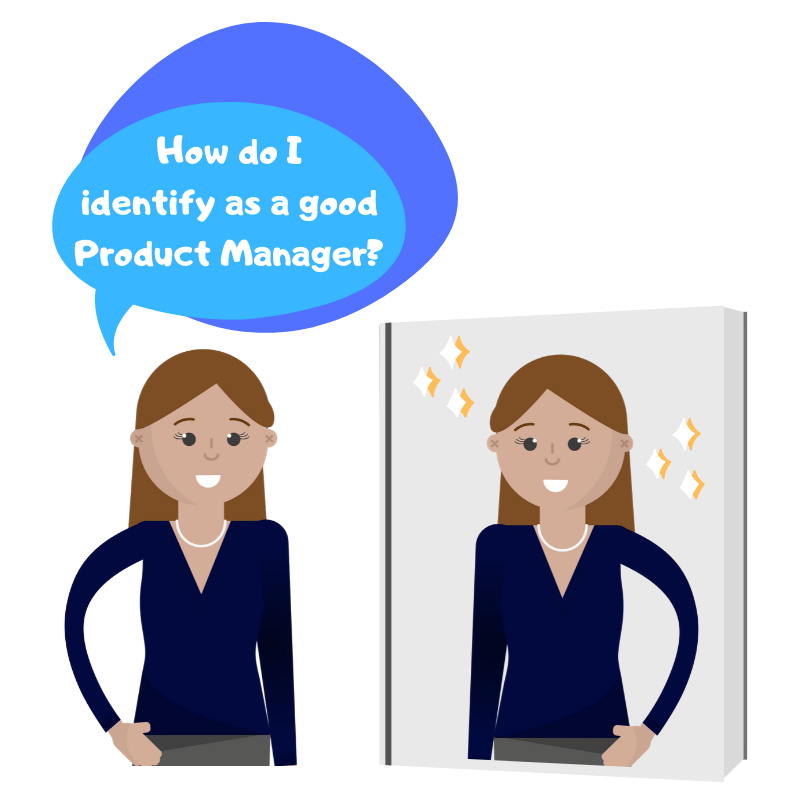
Identifying a good PM
How do you identify a good Product Manager?
I'm constantly asked what makes a great Product Manager. In my experience, a strong Product Manager is the CEO of their solution and gets involved in all aspects from inception to launch, and then in-life management. Due to this I am a strong believer in ‘Hire for attitude, train for skill’. If someone has the right behaviours, then you can teach them the skills to be a great product manager.
My approach to interviewing is firstly to understand their personality, so:
1) Can they fit into the team dynamic? (disruption of the ‘status quo’ to strengthen is ok as well)
2) What does their personality bring to the team that is currently missing?
3) Do I think they can work within a team, yet be focused enough to work on their own and drive the solutions that they will be managing?
4) Are they tenacious and can they prove this?
5) Have they got the right social skills to be able to work with a number of disciplines around the company?
6) Are they someone that thrives on ownership and responsibility?
An initial 1-2-1 personal interview approach allows the candidate to understand if the company is the right fit for them. They get to know my expectations and the companies.
read more
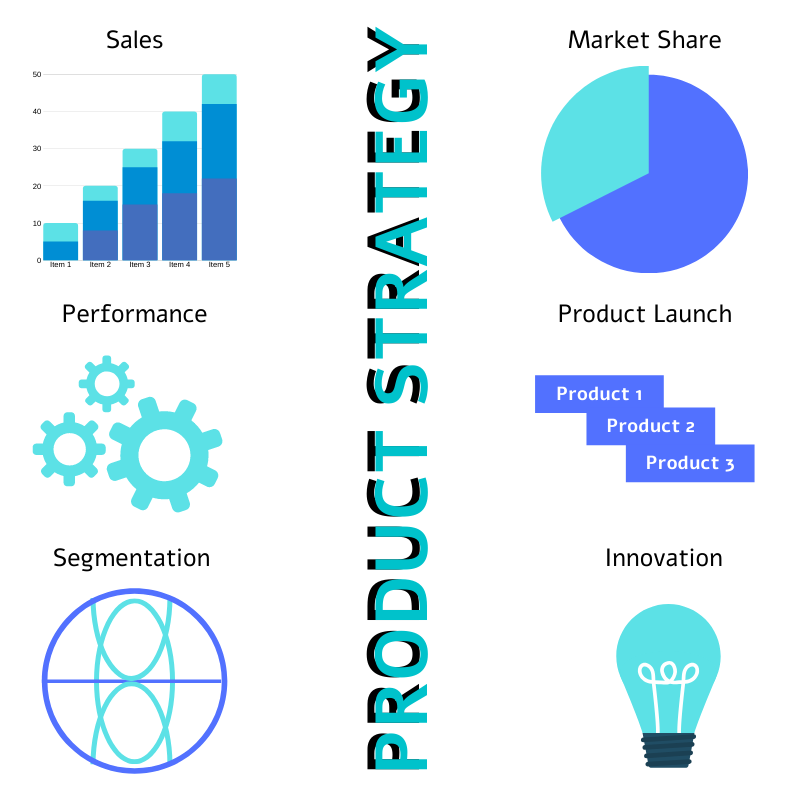
Be the CEO of your Products!
Product Strategy
I have worked with many CEO’s who say the trouble with strategising is they don’t see any action! People can procrastinate around strategy and in many cases, boards are reluctant to spend money, if there are any questions unanswered, or like Donald Rumsfeld said, “known unknowns”.
However, like a lot of situations in business, what is the right amount of information to make a decision? You cannot know everything at the beginning and like the rest of the product process you will continue to iterate the strategy as you have more information and realign.
A strategy lays out a plan on how that goal will be achieved. Without a product strategy, product execution is often haphazard, moving from one crisis to the next or from one deal to the next, as you will be redirected by the different priorities of your internal stakeholders.
If you do not own the strategy, communicate it and get buy-in from all your stakeholders, everyone else will set a strategy in their heads and start to communicate it, it will become hard to own the direction of your solution(s). This doesn’t mean you shouldn’t be listening to all stakeholders, but you need to own the strategy and direction of your solution.
Remember you are the CEO of your Products!
read more

Forgetting Usage Analytics
Why do people forget usage analytics?
According to McKinsey, if a software company grows at only 20%, it has a 92% chance of ceasing to exist within a few years.
This means that software companies - particularly SaaS companies - must look at every advantage possible to stay alive in an ever-competitive market, remember it is the small margins that can be the deciding factor as to how successful you are.
Customer analytics can be just one way that gives you that competitive edge. Whether it is measuring retention, product usage, or on-boarding, SaaS businesses must have comprehensive data collection and usage analytics, thus enabling them to make agile decisions as to the priorities and direction of their overall solution.
When starting a project, make sure that usage analytics are part of the initial NFR’s think about, what information do you want to understand and act upon. Ask your stakeholders what information would they find useful to support their business area and so they can offer the best service they possibly can. Ensure the Architect and development lead build in these analytics from the beginning, as you want the feedback at every opportunity.
read more
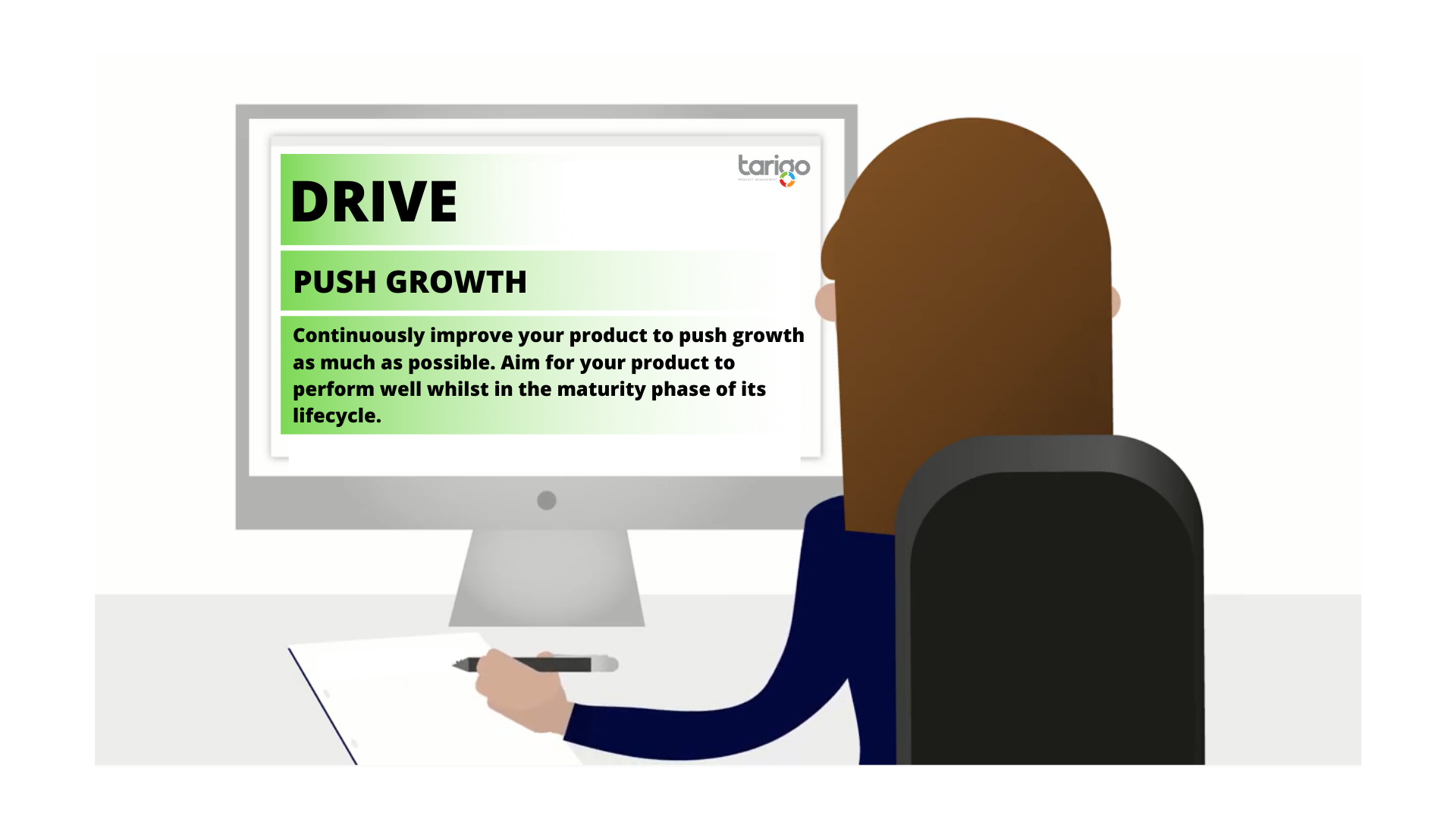
Drive - 5
Five of five - Drive
Over the week we’re going to step through the Product Management process. We call this our 5D process; Direct, Discover, Define, Deliver & Drive.
Process Is vital for successful Product Management – it ensures we build the right products at the right price point in the right time timeframe, communicated well to the right customers.
So, let’s finish with Drive – Continuously improve your product to push growth as much as possible. Aim for your product to perform well whilst in the maturity phase of its lifecycle.
For the Drive phase the main objectives are:
o Product performance analysis
o Continuous product planning
o Retirement and replacement strategy
In order to Drive a product well, you should strive to grow as much as possible before the maturity phase is realised. Once your product eventually does mature ask yourself. Can we stay there without losing out or becoming commoditised?
One of the most important things during the Drive phase is actually knowing when to throw in the towel..
read more
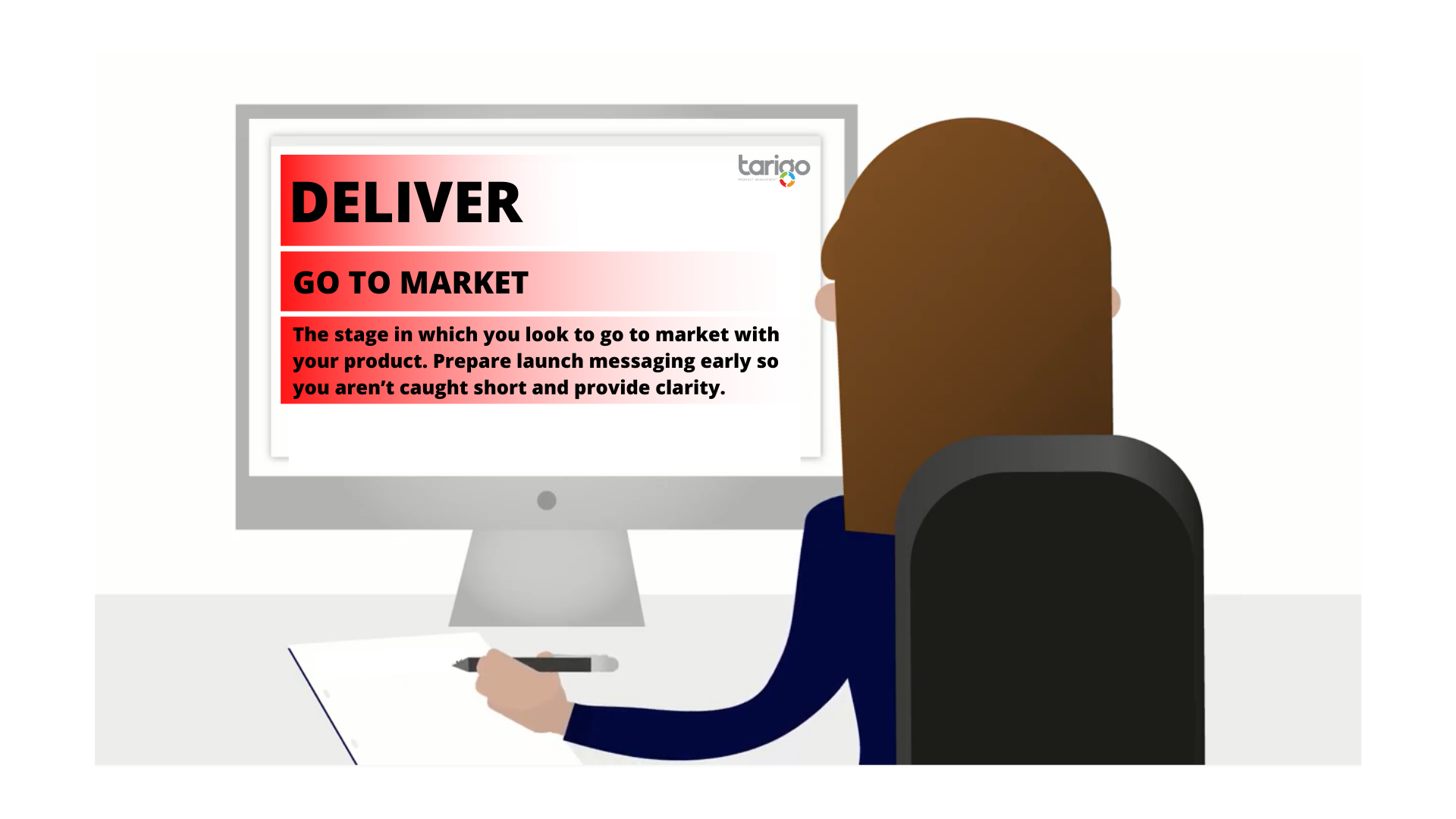
Deliver - 4
Over the week we’re going to step through the Product Management process. We call this our 5D process; Direct, Discover, Define, Deliver & Drive.
Process Is vital for successful Product Management – it ensures we build the right products at the right price point in the right time timeframe, communicated well to the right customers.
So, let’s continue with Deliver – the stage in which we look to go to market with our product.
For the Deliver phase the main objectives are:
• Launch with momentum
• Begin generating revenue with your product
• Use the most appropriate launch strategy
The key skills within this phase focus on:
• Launch Strategy
• Cross-Team Communication
• Building a Minimum Viable Product
In order to Deliver a product well, prepare launch messaging early so you aren’t caught short and provide clarity.
Don’t forget:
• Clarity to the product manager is important
• Accurate messaging to client
• Early sales potential
• Competitive advantage
• Ownership of the message
read more
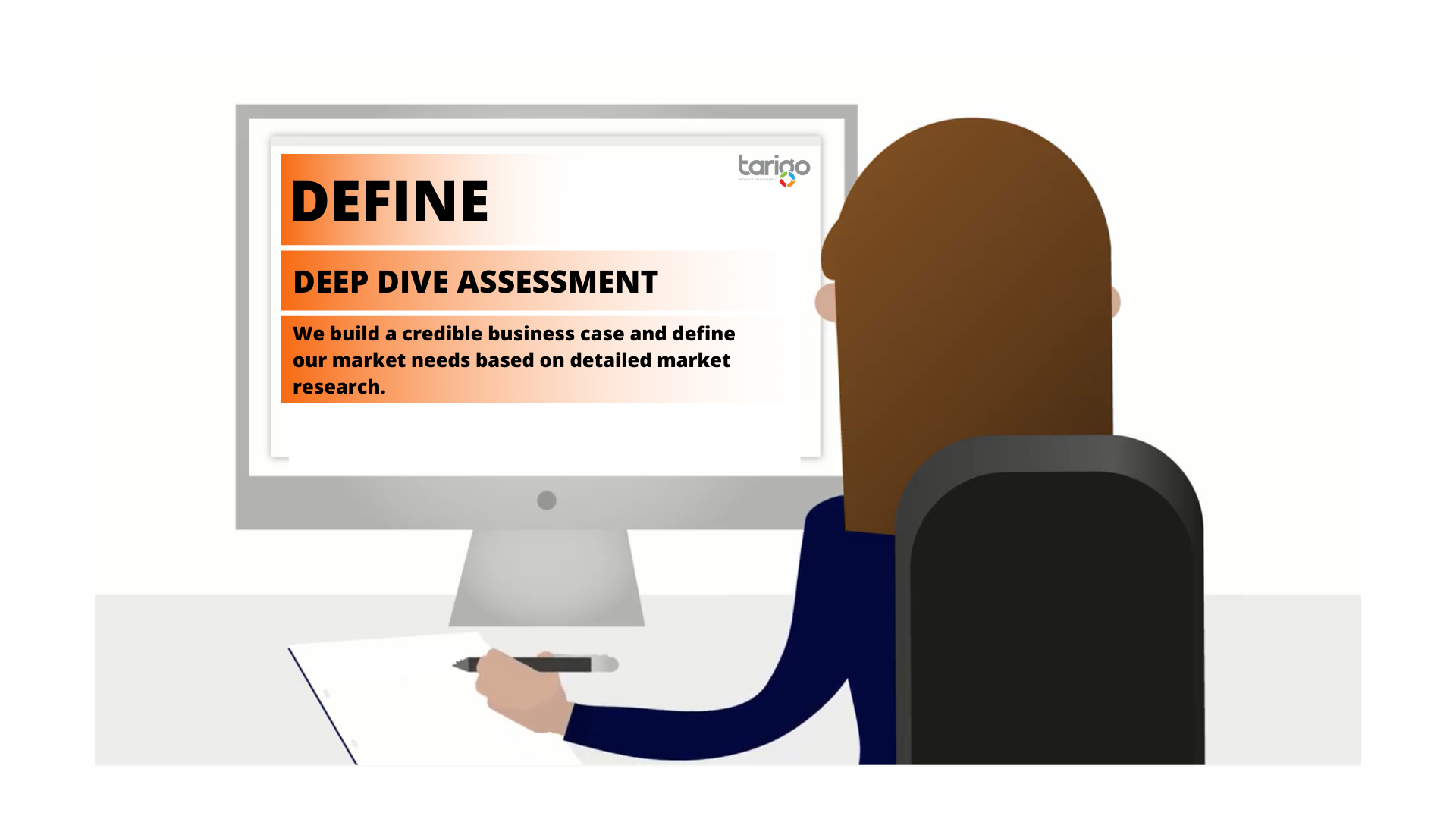
Define - 3
Three of five - Define
Over the week we’re going to step through the Product Management process. We call this our 5D process; Direct, Discover, Define, Deliver & Drive.
Process Is vital for successful Product Management – it ensures we build the right products at the right price point in the right time timeframe, communicated well to the right customers.
So, let’s continue with Define – translating the best opportunities into business cases and user stories.
The next step is to do a deep dive – clearly understand the market need, translate it for our development and delivery teams, and build out a robust plan. . To do this, Product Managers construct a business case. This provides justification for undertaking the project by demonstrating the value delivered versus the cost and risk involved. It focuses on validating a set of core questions that drive the business case. As part of this process, we start to build out requirements - Personas, user journeys and high-level user stories that translate customer needs into the language that development and build teams use that we prioritise and track through to product launch. All of this work is driven by deep dive market research
read more
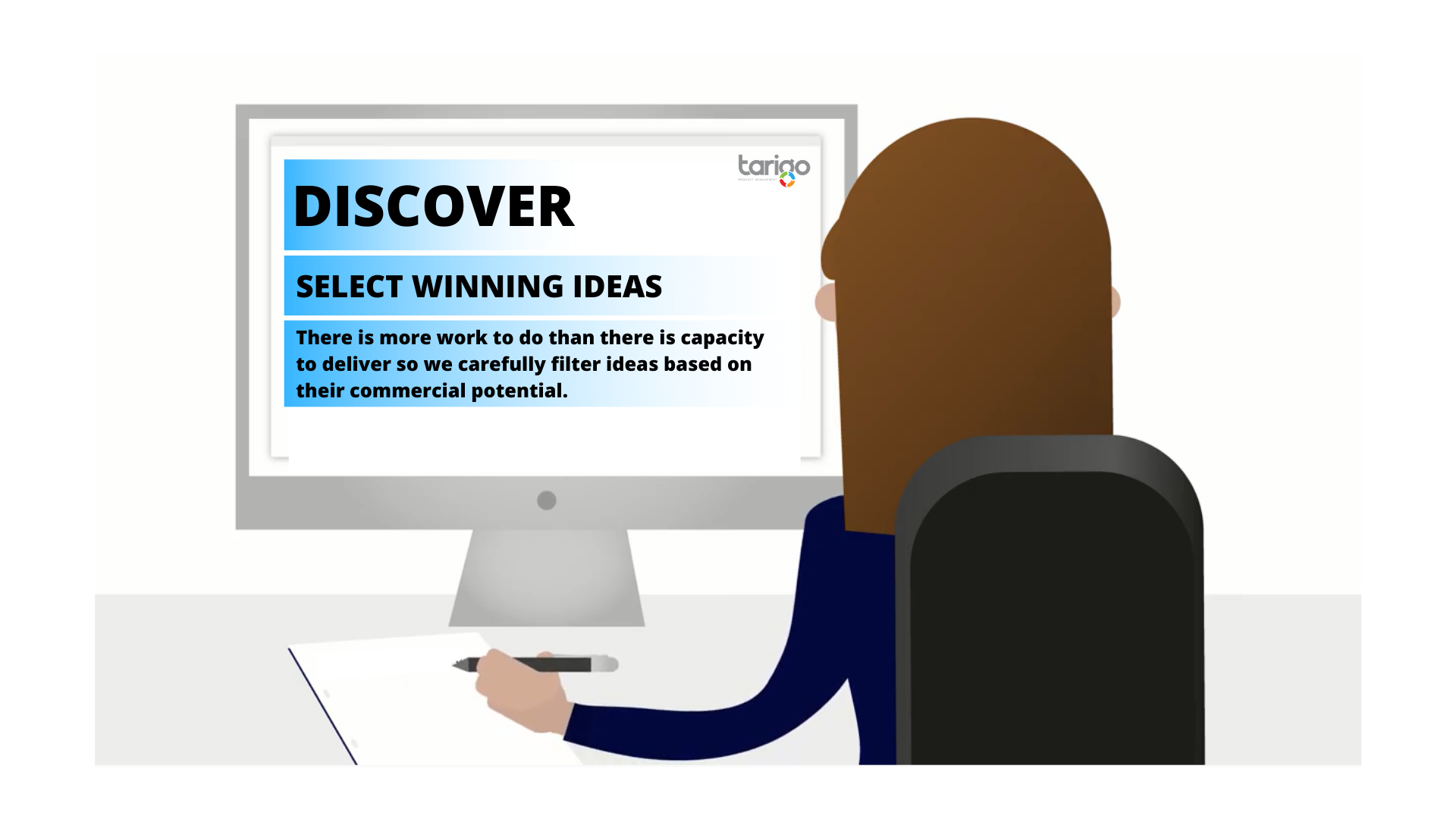
Discover - 2
Two of five - Discover
Over the week we’re going to step through the Product Management process. We call this our 5D process; Direct, Discover, Define, Deliver & Drive.
Process Is vital for successful Product Management – it ensures we build the right products at the right price point in the right time time frame, communicated well to the right customers.
So, let’s continue with Discover – assessing new ideas
Into the product management world comes with huge numbers of ideas. These ideas range in scope and type; new products, new markets, enhancements, pricing initiatives…. the list is endless. All ideas are welcome, but not all should be delivered. Some just don’t make sense; they might not deliver benefit or fit with vision, or perhaps they overlap with our existing products. As for the rest, we prioritise them based on how well they serve our customers and how they fit with our plans.
We use our one-page innovation canvas to structure this process; 10 questions that help us uncover winning ideas and prioritise those that remain. The key is quick feedback; delivering bad news is always best done quickly so we let idea originators know how we’ve prioritised their idea before their expectation & anticipation builds.
read more
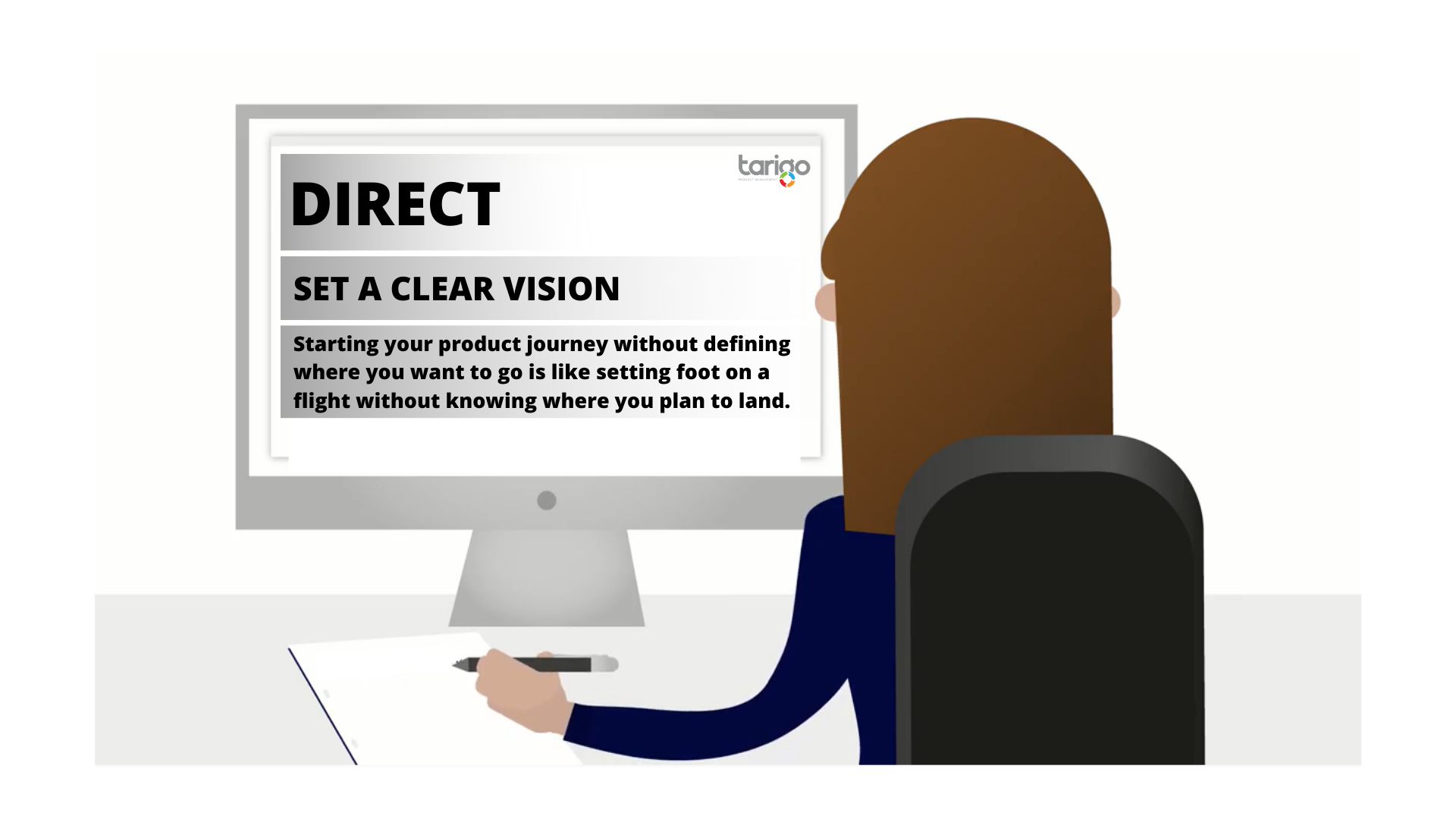
Direct - 1
One of five - Direct
Over the week we’re going to step through the Product Management process. We call this our 5D process; Direct, Discover, Define, Deliver & Drive.
Process Is vital for successful Product Management – it ensures we build the right products at the right price point in the right time timeframe, communicated well to the right customers.
So, let’s start with Direct – setting the product vision.
Imagine stepping on a plane and the Captain announces “Not sure where we’re going today, we’ll just take off and fly and see where we end up”. Pretty unnerving, but this is how many product managers captain their product – no sense of final destination.
Having a product vision underpins our work. Without one we run the risk of being directionless; busy with work but doing nothing to move our product towards a grand vision. Essentially we go around in circles.
To address this Product Managers set a clear and coherent direction for their product. Building a 360-degree view of the landscape - markets, competition, current offers, mega trends and business goals - and then defining a product vision to drive the desired result.
You wouldn’t set out on a flight with a plan. Don’t set out on a product journey with a vision.
read more
Check out the Archive